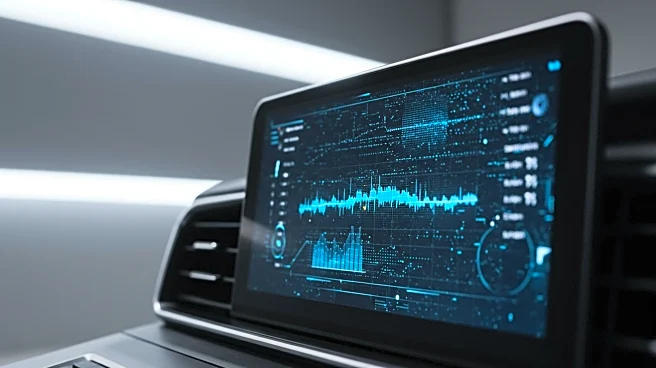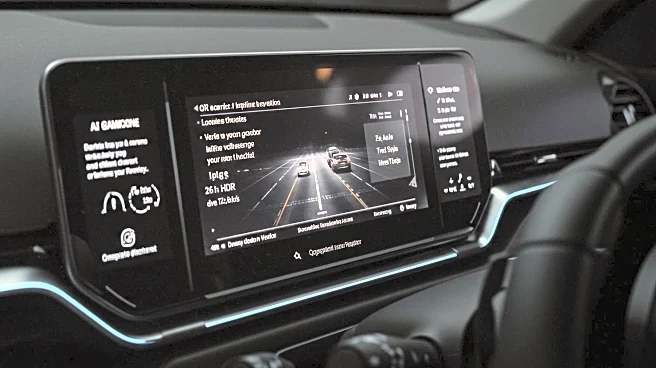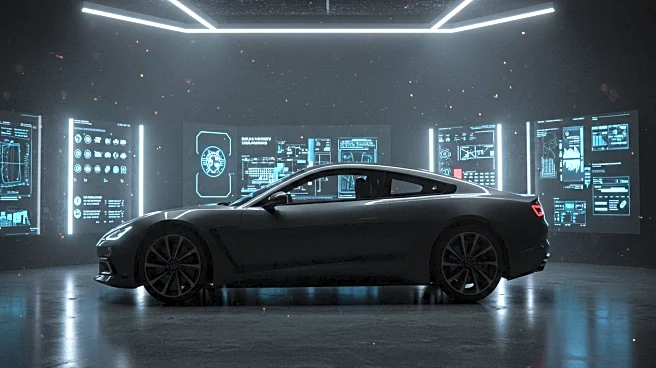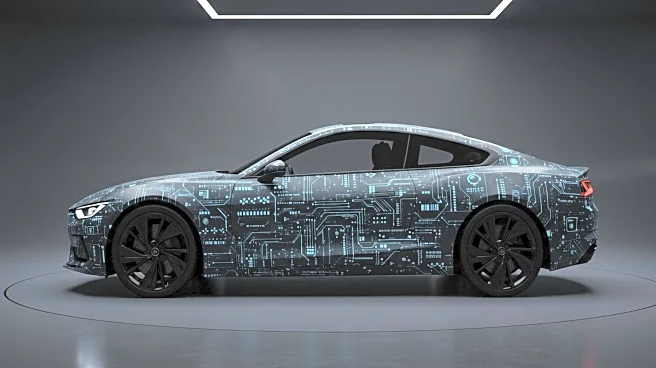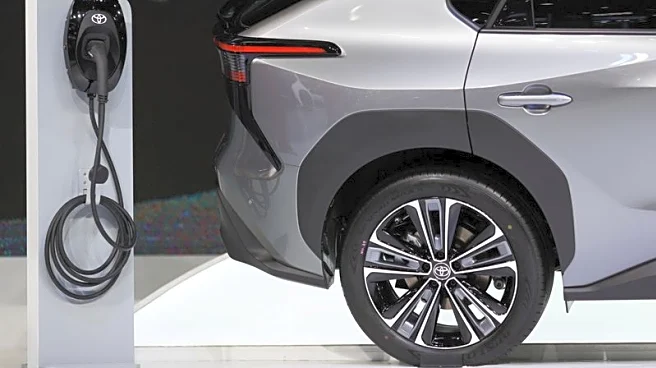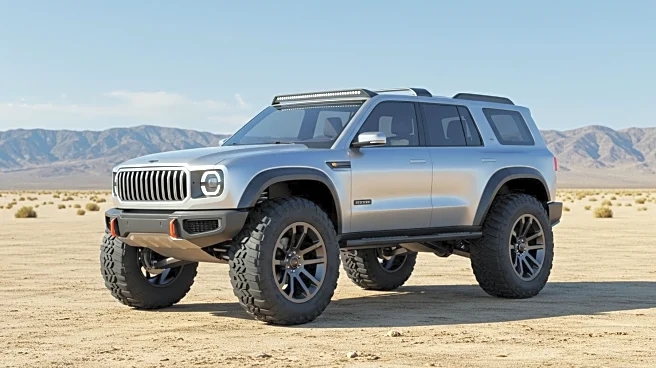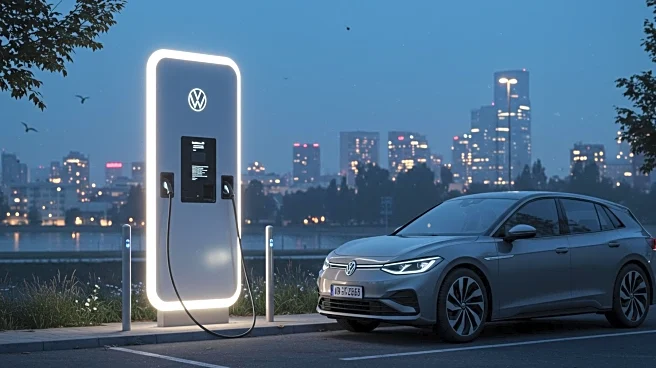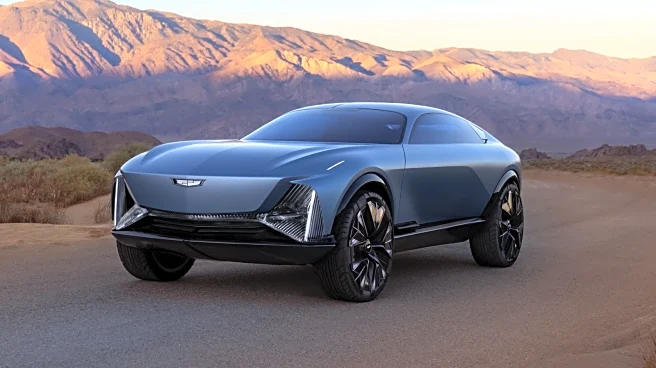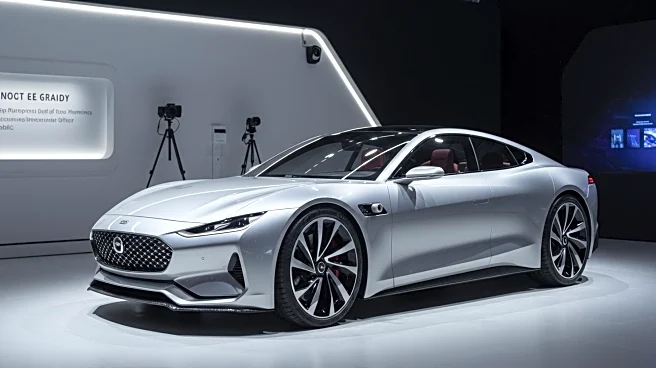What's Happening?
Automakers are reevaluating their strategies towards a software-defined future after encountering significant setbacks. Volkswagen's software division, Cariad, reported an operating loss exceeding $2.8 billion in 2024, leading to the layoff of 1,600 employees this year. This development highlights the challenges automakers face as they attempt to integrate advanced software solutions into their vehicles. The push towards software-defined vehicles (SDVs) is part of a broader industry trend aimed at enhancing vehicle functionality and customer experience through digital innovation. However, the financial and operational difficulties experienced by Volkswagen underscore the complexities involved in this transition.
Why It's Important?
The shift towards software-defined vehicles is crucial for the automotive industry's future, as it promises to revolutionize how vehicles operate and interact with users. This transition is expected to drive significant advancements in areas such as autonomous driving, connectivity, and personalized user experiences. However, the financial losses and layoffs at Volkswagen's Cariad division illustrate the substantial risks and challenges associated with this shift. Automakers must navigate complex technological, financial, and organizational hurdles to successfully implement these changes. The outcome of these efforts will have far-reaching implications for the industry's competitive landscape and its ability to meet evolving consumer demands.
What's Next?
Automakers are likely to continue refining their software strategies to mitigate financial risks and improve operational efficiency. This may involve restructuring software divisions, investing in new technologies, and forming strategic partnerships with tech companies. The industry will closely monitor Volkswagen's next steps, as its experience could provide valuable insights into best practices and potential pitfalls. Additionally, regulatory developments and consumer feedback will play a critical role in shaping the future of software-defined vehicles.
